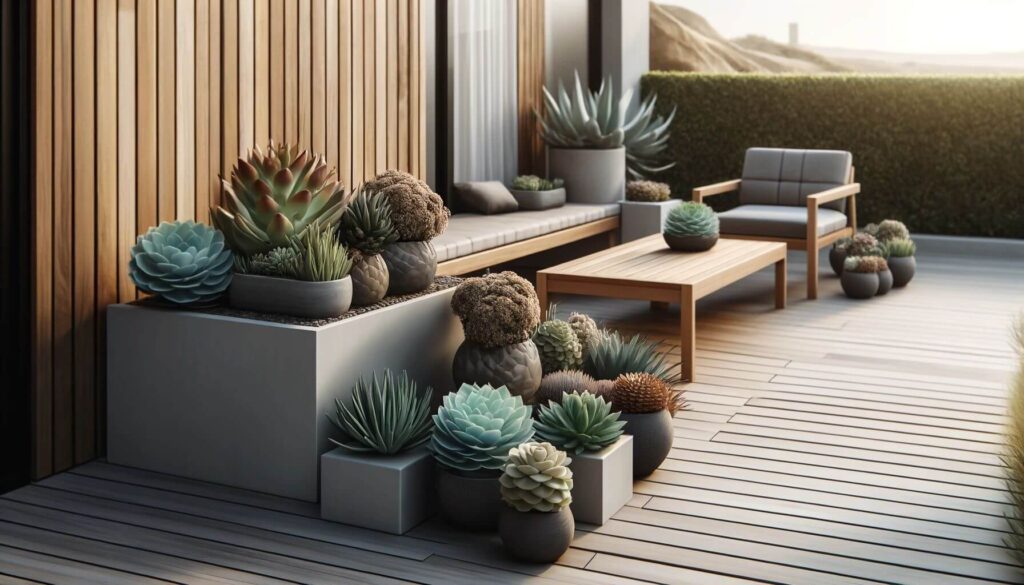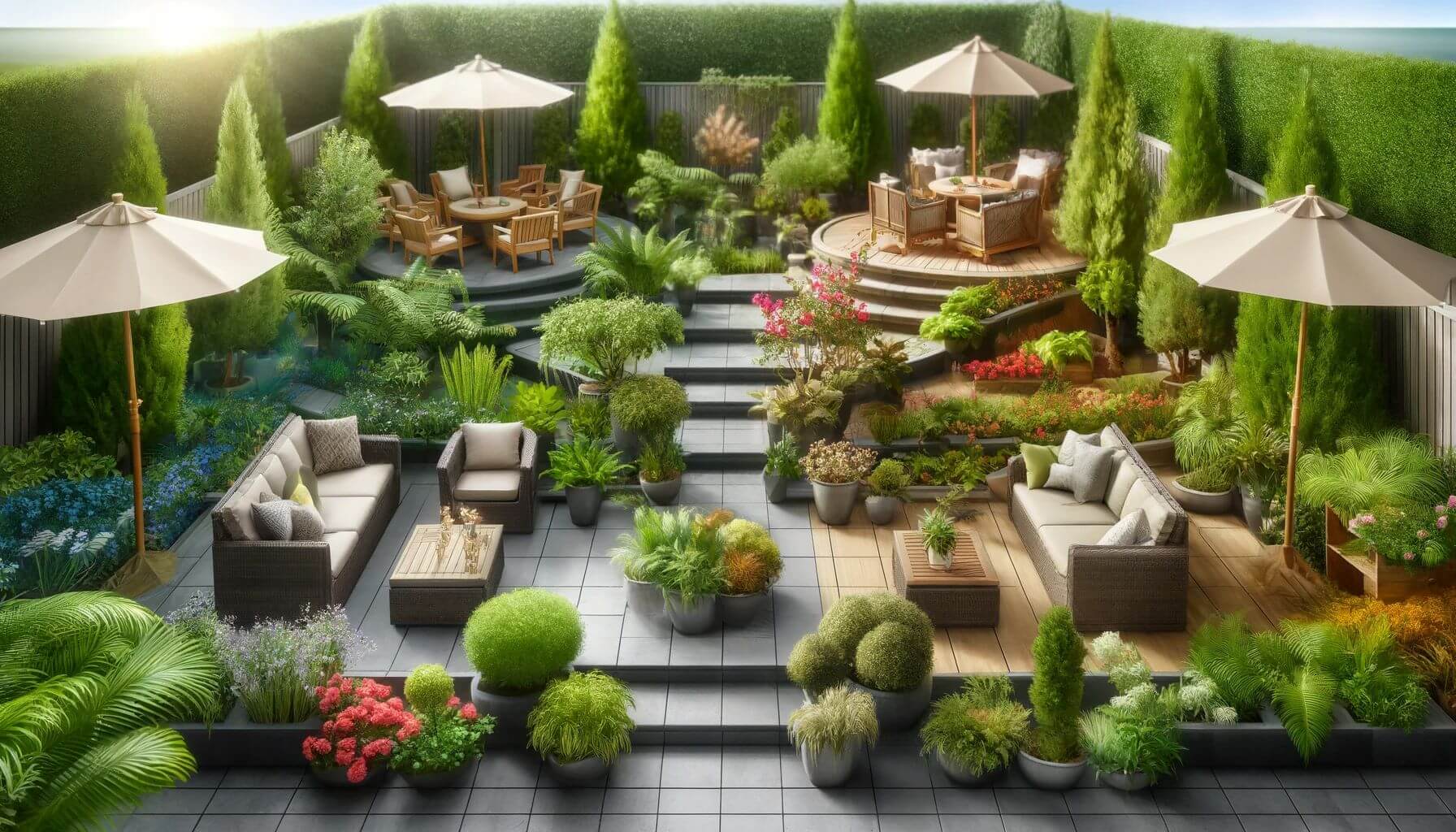Creating a contemporary landscape is about more than just arranging plants in a garden; it’s a form of art where nature meets modern design. The right plants can transform an outdoor space into a living sculpture, reflecting the sleek lines and minimalist aesthetic characteristic of contemporary style.
This guide explores the essential considerations and steps for selecting plants that elevate your modern landscape, ensuring it is both visually striking and harmoniously integrated with your overall design theme.
Understanding Contemporary Landscape Design
Contemporary landscape design is characterized by its clean lines, geometric shapes, and a focus on simplicity and texture over color. It often incorporates hardscaping elements like concrete, metal, and wood, with plants selected to complement these materials through form, color, and texture.
The Role of Plants in Modern Landscapes
In contemporary settings, plants are more than just decorative elements; they are integral components that define the space, create focal points, and establish a sense of order and balance. The right plant choices can enhance the architectural features of your home and garden, creating a seamless transition between indoor and outdoor spaces.
Selecting Plants for Contemporary Gardens

Focus on Architectural Qualities
Choose plants with strong architectural qualities that can stand as focal points. Look for species with distinctive forms, such as sculptural succulents, tall ornamental grasses, or trees with unique silhouettes. These plants should complement the modern aesthetic, adding interest and drama to the landscape.
Consider Texture and Form
In modern landscapes, texture and form are as important as color—if not more so. Opt for plants with bold textures and clean lines. Smooth, broad-leafed plants, fine-needled grasses, and plants with striking foliage patterns can add depth and contrast to your garden.
Maintain a Limited Color Palette
A contemporary landscape often features a muted color palette, relying on greens, whites, and grays to create a calm, cohesive look. If you choose to introduce color, do so sparingly and with intention, using it to highlight key areas or to draw the eye through the space.
Plant Groupings and Repetition
Repetition is a key principle in contemporary design. Planting in groups or rows can reinforce the geometric patterns and lines typical of modern aesthetics. This approach not only strengthens the visual impact of your chosen plants but also helps to establish rhythm and continuity in your garden.
Integrating Plants with Hardscaping
The interplay between plants and hardscaping is crucial in a contemporary landscape. Consider how the plants will interact with concrete paths, metal accents, and wooden structures. Use ground covers to soften hard edges, tall plants to create privacy screens, and accent plants to complement architectural features.
Drought-Tolerant and Low-Maintenance Options
Sustainability and ease of care are often priorities in contemporary landscaping. Choose drought-tolerant and low-maintenance plants that align with the principles of xeriscaping. Not only do these plants require less water and care, but they also contribute to a landscape that is both beautiful and environmentally responsible.
Practical Tips for Plant Selection

Research Plant Characteristics
Before making your selections for the right plants, research the growth habits, size, and care requirements. Ensure they are suited to your climate and soil type, and consider their growth rate and mature size to avoid overcrowding and ensure they complement your landscape for years to come.
Visit Nurseries and Gardens
Seeing plants in person can provide valuable insight into their textures, forms, and how they might fit into your landscape. Visit local nurseries, botanical gardens, or landscape exhibitions to gather ideas and inspiration.
Consult with a Landscape Designer
For a truly cohesive and striking contemporary landscape, consider consulting with a landscape designer. They can offer expert advice on plant selection, placement, and how to integrate these with your overall design vision.
Experiment and Evolve
Finally, don’t be afraid to experiment. Your landscape should evolve over time as you discover what works best in your space. Be willing to replace plants that don’t perform as expected and to introduce new species that complement your evolving design.
Selecting the right plants for a contemporary landscape involves a thoughtful balance of form, texture, and color. By focusing on architectural qualities, integrating plants with hardscaping, and choosing sustainable, low-maintenance options, you can create a modern outdoor space that is not only aesthetically pleasing but also in harmony with its natural surroundings. Remember, the goal is to create a landscape that reflects the sleek, sophisticated essence of contemporary design while offering a tranquil retreat from the modern world.


Leave a Reply